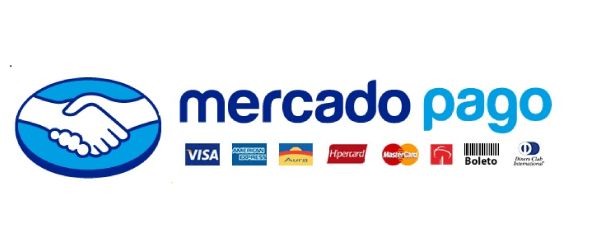A Father or mother’s Guide to Online Safety for Kids
In at present’s digital age, making certain on-line safety for kids has become a paramount concern for parents. The internet, while a valuable resource for training and entertainment, additionally harbors risks that may have significant impacts on a child’s well-being. This guide goals to equip dad and mom with the knowledge and tools necessary to protect their children in the virtual world.
Understanding the Risks
Step one in making certain on-line safety is understanding the potential dangers. These embody:
1. Cyberbullying: On-line harassment can take many forms, together with hurtful messages, spreading rumors, or sharing embarrassing images. Cyberbullying can severely have an effect on a child’s mental health, leading to anxiousness, depression, and in extreme cases, suicidal thoughts.
2. Exposure to Inappropriate Content: The internet hosts vast amounts of content, some of which is inappropriate for children. This contains violent, sexual, or in any other case disturbing material that can negatively influence a child’s development.
3. On-line Predators: Predators can use the anonymity of the internet to focus on children. They typically pose as friends to build trust and may exploit personal information or try to arrange in-individual meetings.
4. Privacy Risks: Children might unknowingly share personal information that can be used for identity theft or different malicious purposes. This includes names, addresses, phone numbers, and even their school’s name.
5. Addiction: Excessive screen time and internet use can lead to addiction, impacting a child’s physical health, social skills, and academic performance.
Establishing Safety Measures
To mitigate these risks, mother and father should implement comprehensive safety measures:
1. Open Communication: Foster an environment the place your child feels comfortable discussing their online experiences. Encourage them to share anything that makes them uncomfortable and assure them that they won’t be punished for coming forward.
2. Training: Teach your children in regards to the potential risks of the internet and the importance of sustaining privacy. Clarify why they need to keep away from sharing personal information and find out how to acknowledge suspicious behavior.
3. Parental Controls: Utilize parental control software and settings available on units and through internet service providers. These tools can block inappropriate content material, monitor on-line activity, and set limits on screen time.
4. Supervision: Keep computers and other internet-enabled units in common areas of the house. Regularly check the websites your child visits and their social media activity.
5. Setting Boundaries: Establish clear guidelines about internet use, together with settle forable websites, online habits, and screen time limits. Be consistent in imposing these rules and periodically overview them as your child grows.
6. Social Media Awareness: Educate your child about the risks associated with social media, including the permanence of online posts and the potential for cyberbullying. Encourage them to make use of privateness settings and to only accept friend requests from individuals they know in real life.
Tools and Resources
There are numerous tools and resources available to help parents in safeguarding their children on-line:
1. Parental Control Apps: Applications like Qustodio, Net Nanny, and Norton Family provide robust features for monitoring and controlling your child’s online activity.
2. Academic Websites: Websites like Common Sense Media provide evaluations and advice on age-appropriate content, helping parents make informed decisions about what their children can access.
3. School Resources: Many schools supply programs and resources to coach both students and oldsters about on-line safety. Take advantage of those opportunities to reinforce safe internet practices.
Promoting Healthy Habits
Beyond safety measures, promoting healthy internet habits is crucial:
1. Balanced Screen Time: Encourage a balance between screen time and other activities, such as outdoor play, reading, and family time. This helps stop addiction and promotes total well-being.
2. Digital Literacy: Train your child critical thinking skills to evaluate the credibility of on-line information. This includes recognizing fake news and understanding the affect of advertising.
3. Positive On-line Habits: Encourage your child to use the internet for positive purposes, equivalent to learning new skills, exploring hobbies, and connecting with friends in a respectful manner.
Conclusion
Making certain on-line safety for kids is a steady process that involves vigilance, schooling, and open communication. By understanding the risks and implementing effective safety measures, dad and mom can create a secure online environment for their children, allowing them to explore the digital world safely and responsibly.
If you enjoyed this article and you would certainly such as to get even more details regarding Read to your kids about online safety kindly go to the web site.

